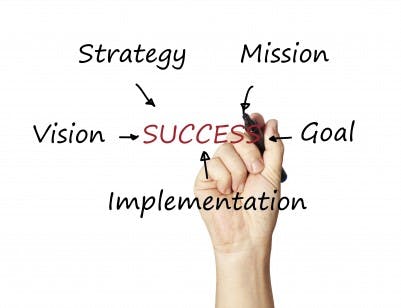Business heroes are often the innovators and the visionaries that set the next strategy. Yet, 90 percent of strategies fail because of execution.
We’ve heard this surprising statistic for a few years. Surely, we’ve changed our ways.
Ron Johnson, the former CEO of JC Penney, is a case study in a strategy not realized – or at least not realized fast enough.
Johnson had a bold strategy to not only redefine JC Penney, but the entire department store concept. His goal was to change everything from store design, marketing, promotion and reinvent the brand. All at once.
Some leaders undervalue implementation
Leading such a bold change could only work by keeping the current customer base while adding new ones. And, testing the new “no discounts” pricing strategy to fully understand the impact before making it policy.
Many of Johnson’s ideas will likely be realized in the months and years to come. But, the short term implementation problems of the new strategy proved fatal for him as CEO.
Ron Johnson’s implementation miss isn’t that unusual. It’s just that it was on a bigger stage with a much shorter time frame for success.
Some leaders undervalue implementation because it lacks the sizzle of a great strategy. Some company cultures de-emphasize implementation as secondary to selling, development or innovation.
Signs you undervalue implementation
The road to seeing your strategy work goes through excellent implementation. Here are some signs that you undervalue implementation:
- Your top talent feels that working on implementation is a career limiting move.
- You have the “strategy of the month” club.
- You have 28 top priorities and initiatives for the year.
- You consistently have problems delivering what the sales team committed to in the sales process.
- You have lots of conversations about silos because every group is doing their own thing.
- The implementation and operational teams aren’t involved until it’s time to execute.
Ask ‘Why!”
If you have an implementation problem, the next step is asking why. This will determine if your action is related to a lack of skill, your organizational structure or a leadership problem.
You can only improve implementation if you build the skill, value it, plan for it and reward it when it’s done right. And, your organization has to integrate the silos so that those who implement and execute are involved during the sale and when the strategy is taking the shape.
Successful change and realizing the strategy takes more than a great PowerPoint at the board meeting. It’s dependent upon your ability to implement.
Make sure it’s not an afterthought.
This was originally published on PeopleResult’s Current blog.
